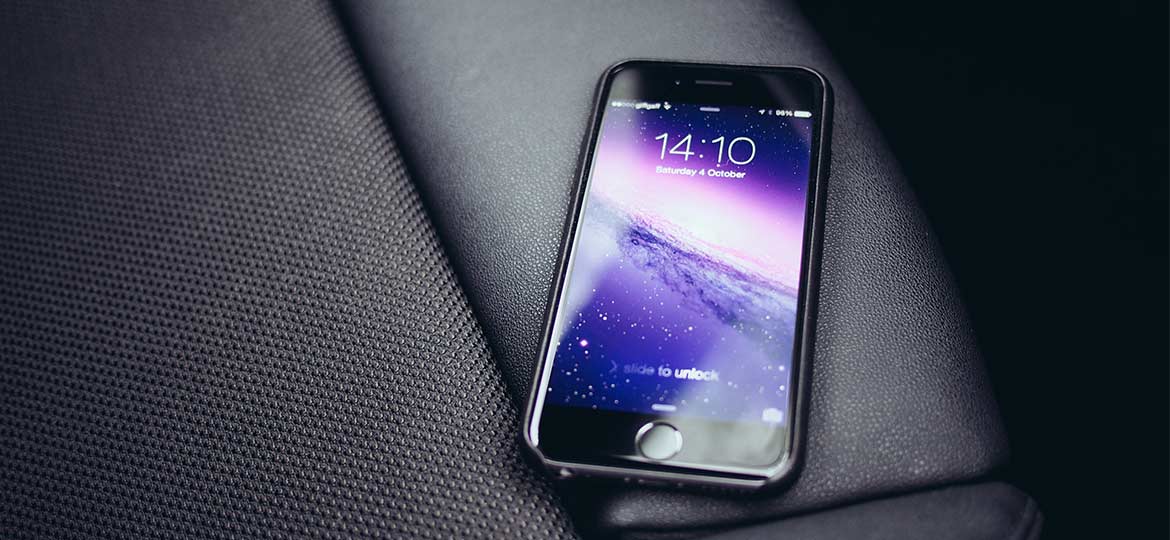
The Six Step Lemon Check
After a new set of wheels? Make sure you don’t buy a lemon.
Learn The Six Step Lemon Check to save you from getting ripped off.
With a little bit of knowledge and a bit of checking you can go along way to avoid buying a dud car. Need a loan! Apply online today!
Don’t make the same mistake as Simple Sam – Do The Six Step Lemon Check
Step 1 – Research the Make and Model
Do you research online. read all the reviews you can about the make and model you’re interested in. The best reviews are posts from car owners themselves. There are often common problems with particular makes and models that you can only learn from people who have owned the car. Educate yourself before you go shopping.
Step 2 – Check the Exterior
- Look down the sides of the car and along the roof. You will quickly notice any dents or damage.
- Keep a look out for rust especially in the door channels, roof channels and anywhere else that water might sit on the car.
- Check for gaps in the panels, mismatched colours and that the distance between the wheels are the same. All of these are signs the car might have been in an accident.
- Run a magnet over the exterior to check for any bog jobs in the bodywork.
Step 3 – Interior Check
- Check for frayed or melted seatbelts. Both of these are a sign the car has been in an accident
- Check the pedals, seats and interior for wear and tear. It should match the Km’s on the speedo. If it looks too worn for the km’s then the clock might have been wound back
- Open the driver door and try to wiggle it up and down. Cars under 150 000km shouldn’t have any movement as the door hinges are still good. Over 250 000 km there will be movement. If the movement doesn’t fit the KM’s more research is needed
Step 4 – Check Under the Hood
- Check under the engine for oil residue. A little oil on older cars is probably ok but a lot of oil on any car is never ok
- Check the oil in the engine by removing the dipstick wiping it then replace it. The oil should be light brown and you should be able to see the dipstick through the oil. If the oil has a milky residue in it it could be a sign of coolant which means there is a crack in the head.
- Check the radiator by removing the cap. There should be no signs of oil. If there is then there is a good chance the head is cracked and you should get it checked by a mechanic
- Belts and hoses should be pliable and not worn. They should also be free from any residue which may indicate a leak.
- Melted wires, tubes or hoses can be a sign of overheating
- After the test drive if there is a strong smell under the hood then this might be a sign of a crack or leak.
Step 5 – Check the PPSR (Personal Property Security Register)
- When cars are finance as a secured loan the bank has security over the car until the loan is re-paid or the security is transferred to another vehicle.
- To check if the is finance still owing on a car head to www.ppsr.gov.au where you can get a report on whether there is any finance owing on the vehicle
- You can visit https://www.getppsr.com.au/ and there you can get a PPSR certificate, written off vehicle certificate and information on whether the car is stolen.
Step 6 – Get a Qualified Mechanic to Check the Vehicle.
- No matter how much you like a car. Don’t make any impulse buys. Always get the vehicle checked by a qualified mechanic.
- Make sure the mechanic is well known and reputable
Apply Online
Apply Online
Loanseeker Compares Car Loans from over 40 Lenders.
We search 100’s car loans. So we are sure we can find the right loan for you. Have Bad credit? No Problem.






